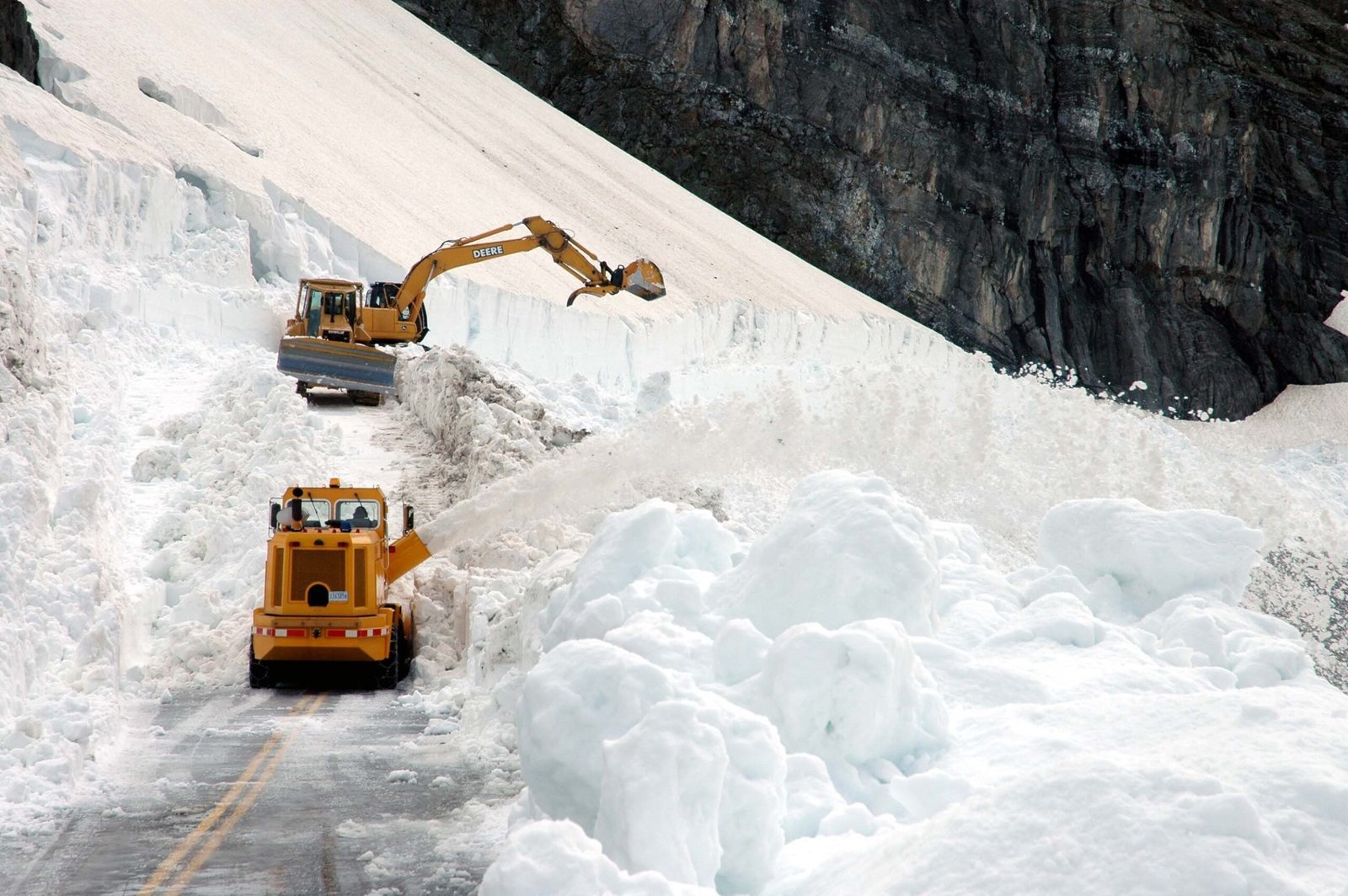Glacier National Park is home to a thriving population of bighorn sheep, offering visitors a unique opportunity to observe these majestic creatures in their natural habitat. The park’s diverse landscape, from alpine meadows to rocky cliffs, provides ideal conditions for bighorn sheep to flourish. With an estimated population of around 500, these animals are a significant part of the park’s ecosystem and a popular attraction for wildlife enthusiasts.
Where Do Bighorn Sheep Live in Glacier National Park?

Bighorn sheep in Glacier National Park inhabit various alpine and mountainous areas. Their specific habitats include:
- Alpine Meadows
- Grassy Mountain Slopes
- Mid-Elevation Slopes and Cliffs
- Windswept and South-Facing Valleys
During summer, bighorns frequent high-elevation areas for forage and protection. In winter, they move to lower elevations where food is more accessible. Key locations include:
- Logan Pass
- Many Glacier Valley
- Going-to-the-Sun Road
What Are the Best Spots to View Bighorn Sheep?

Glacier National Park offers several prime locations for observing bighorn sheep:
- Logan Pass
- Accessibility: Easy access via Going-to-the-Sun Road
- Parking: Ample parking available
-
Vantage Points: Parking area and surrounding trails
-
Many Glacier Valley
- Accessibility: Reached via Many Glacier Road
- Parking: Available at Many Glacier Hotel and nearby trailheads
-
Vantage Points: Swiftcurrent Nature Trail, Trail of the Cedars
-
Going-to-the-Sun Road
- Accessibility: Open during summer months
- Parking: Various pull-outs along the road
- Vantage Points: Numerous viewpoints, especially near Logan Pass
When Is the Best Time to See Bighorn Sheep?
The optimal time for bighorn sheep sightings varies by season:
Summer (June to August)
- Best Times: Early morning and late afternoon
- Behavior: Active grazing in alpine meadows and grassy slopes
Winter (December to February)
- Best Times: Early morning and late afternoon
- Behavior: Foraging in windswept, south-facing valleys
| Season | Best Viewing Times | Typical Locations |
|---|---|---|
| Summer | Early morning, late afternoon | Alpine meadows, grassy slopes |
| Winter | Early morning, late afternoon | Windswept valleys, south-facing slopes |
How Many Bighorn Sheep Are in Glacier National Park?
While exact numbers are not available, historical data provides insights into the bighorn sheep population:
- Estimated Population: Approximately 500 individuals
- Population Trend: Relatively stable over time
- Unique Characteristics: No instances of extirpation or external supplementation
What Conservation Efforts Protect Bighorn Sheep?
Glacier National Park implements several measures to protect and study bighorn sheep:
- Movement Studies: Using GPS collars to track sheep migration patterns
- Disease Transmission Research: Investigating potential respiratory disease outbreaks
- Habitat Connectivity: Maintaining corridors for sheep movement across the park
- Genetic Studies: Analyzing genomic data to understand population health
How Do Bighorn Sheep Adapt to Glacier’s Environment?
Bighorn sheep in Glacier National Park have developed unique adaptations:
- Physical Adaptations
- Specialized hooves for gripping rocky terrain
-
Thick, hollow horns for protection and dominance displays
-
Behavioral Adaptations
- Seasonal migration between high and low elevations
-
Group living for increased predator detection
-
Dietary Adaptations
- Ability to digest a wide range of plant materials
- Seeking mineral supplements, such as salt from natural sources or human-introduced elements
What Challenges Do Bighorn Sheep Face in Glacier National Park?
Despite their adaptations, bighorn sheep face several challenges:
- Climate Change
- Altering vegetation patterns and food availability
-
Potentially increasing susceptibility to diseases
-
Human Interaction
- Disturbance from increased tourism
-
Habituation to human presence, leading to altered natural behaviors
-
Predation
- Natural predators include wolves, mountain lions, and bears
-
Predation risk influences habitat use and group dynamics
-
Disease
- Respiratory diseases pose a significant threat
- Potential for disease transmission from domestic sheep
How Can Visitors Responsibly Observe Bighorn Sheep?
To ensure the well-being of bighorn sheep and maintain a positive viewing experience:
- Maintain a safe distance (at least 25 yards)
- Use binoculars or telephoto lenses for close-up views
- Do not feed or approach the animals
- Stay on designated trails to minimize habitat disturbance
- Report any unusual behavior or sick animals to park rangers
By following these guidelines, visitors can enjoy observing bighorn sheep while contributing to their conservation in Glacier National Park.
References:
1. https://glacier.org/wildlife-in-glacier-national-park/
2. https://www.nps.gov/thingstodo/bighorn-sheep.htm
3. https://flatheadbeacon.com/2023/09/21/research-sheds-light-on-how-glacier-parks-bighorn-sheep-may-transmit-disease/